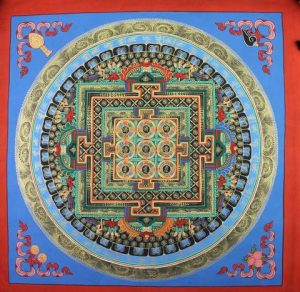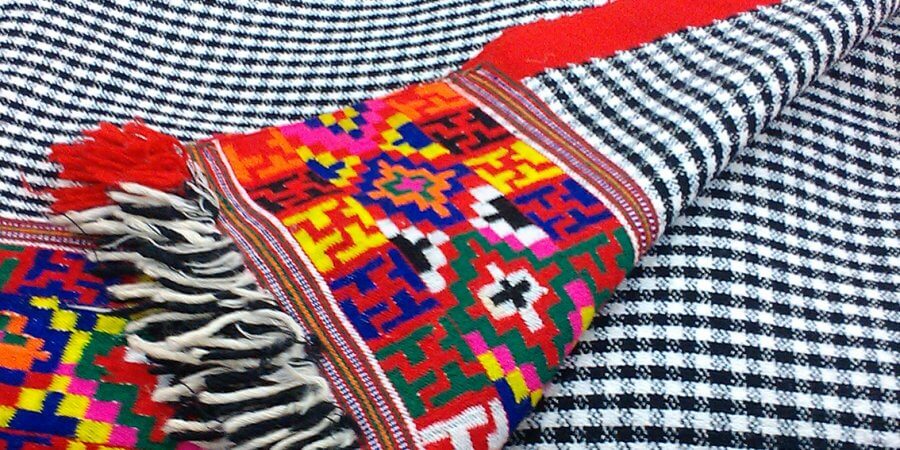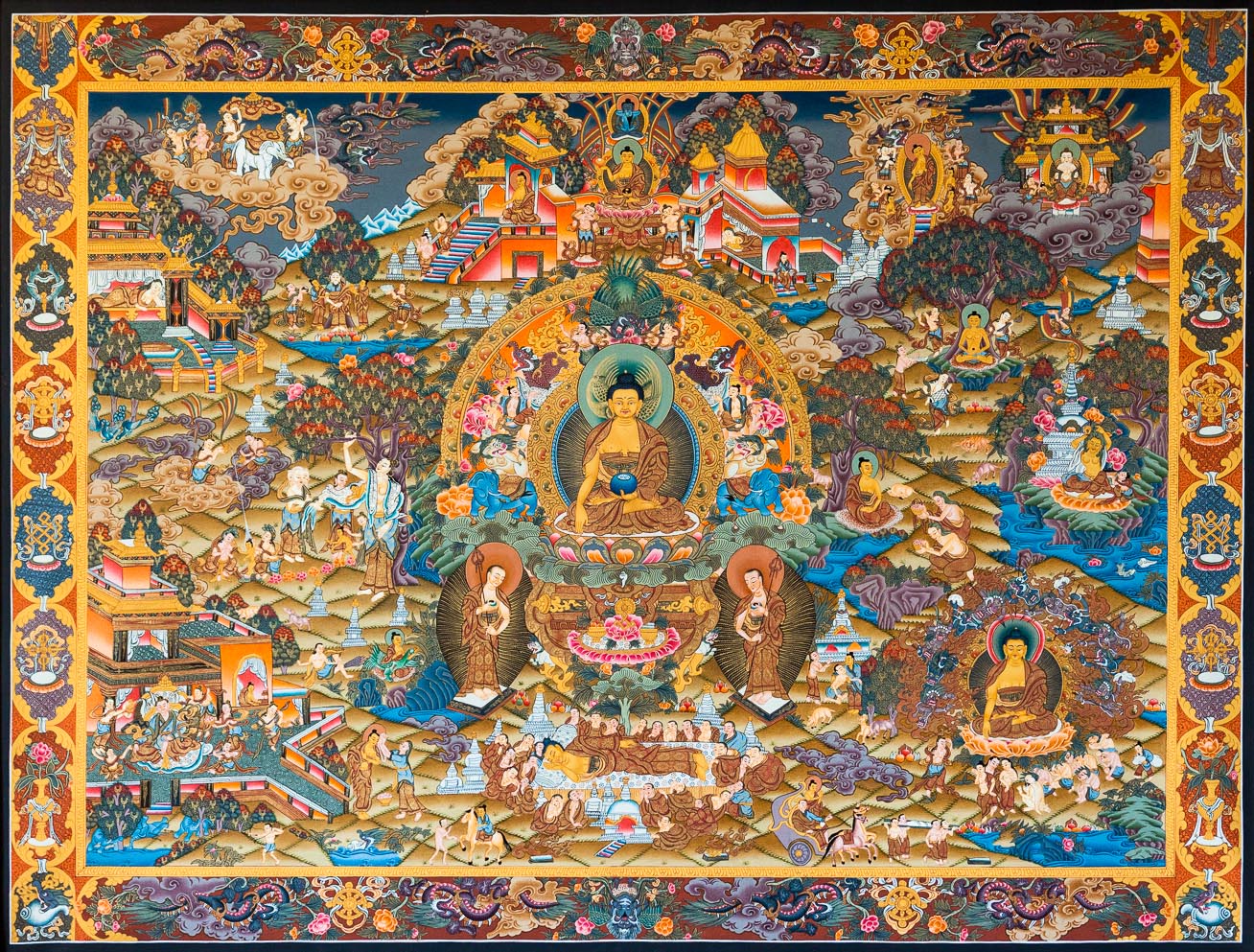Thangkas from Tibet
Thangkasnet, or thangka, tangka, thanka, Thangkasnet or tanka, is a Buddhist painting from Tibet on cotton, silk, or even human skin usually depicting a Buddhist deity or scenario.
Stretched from Tibet, the very holy place of Buddhism to certain regions in neighboring state like India, Thangkas is some of the unique kind of paintings still alive too much extent in this advanced world.
The word “thangka” means “thing that one unrolls” in Classical Tibetan so the secret of the paintings not getting damaged even after ages lays in its meaning.
History of this can be drawn from the classical Tibetan Buddhist followers, the painting was primarily and majorly observed on the walls of the monasteries and it was considered to be a valued pleasure by the monks.

As its meaning suggests, Thangkas by tradition and intentionally kept unframed and rolled up when not on display, with a further silk to cover from the front. Due to this treatment,
Thangkas can last a long time, rather ages but because of their delicacy, they are kept in dry places so that the moisture doesn’t destroy the quality of the silk.
Thangkas are for periodic display on the walls of the monasteries, they are small and relatively large when compared to today’s canvas style paintings or portraits. Thangkas of a certain sort are intended for meditation or instruction for the monastic students.
Meditation Painting: Thangkas from Tibet

They often have some story to narrate through elaborative compositions of many very small figures. A central Buddhist deity is often surrounded by other identified figures in a symmetrical composition.
Still, damages were particularly likely given the tendency of Tibetans to travel long distances in harsh conditions. This was good but at the same time not very for the given properties of the paintings.
All of such issues raised must be evaluated in deciding on the appropriate treatment for a specific Thangka, especially these days. Broadly speaking, thangkas are complicated composite objects which are designed to communicate iconographic ideas in a beautiful and practical form.
A thangka in your laboratory or collection may be the production of many painters and tailors with differing intents, and differing skills and training. The textile mounting may have a completely different style, date, and region of origin from those of the painting.



